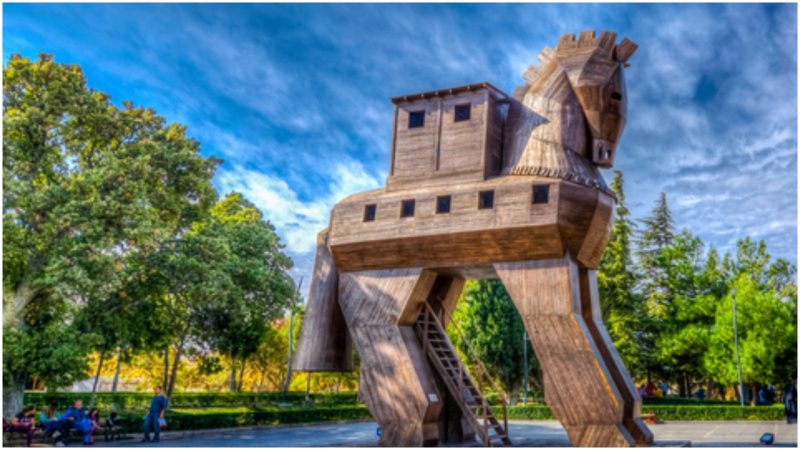Now and then we are faced with some pretty far-fetched theories, ideas, and proposed historical narratives. The scary part is when these ideas have gotten out of control, as in the case of Heinrich Himmler, the notorious Nazi high official, who pushed for activities at the German castle of Wewelsburg that largely backed the ideology of the Nazi regime.
As Himmler’s story goes, he commissioned some research focused on disciplines such as ancient and medieval history and folklore studies. The results from this pseudo-scientific “research” went on to form the foundation of the SS’s racial teachings. For the research, Himmler employed the German cleric Wilhelm Teudt, even though his work had been largely dismissed by academics in Germany before the rise of Nazism.
As a scholar, Teudt resided at Wewelsburg and made use of (and abused) archaeological excavations that took place in the proximity to the castle, all of which served as the basis of an ancestor cult and a number of racial doctrines.
Himmler’s efforts and the “school of thought” that emerged from Wewelsburg is, of course, an extreme case of a set of ideas that spiral out of control at the cost of rational thinking. However, there are many other far-fetched, hard to buy stories, and perhaps they at least deserve to be told if only for entertainment.
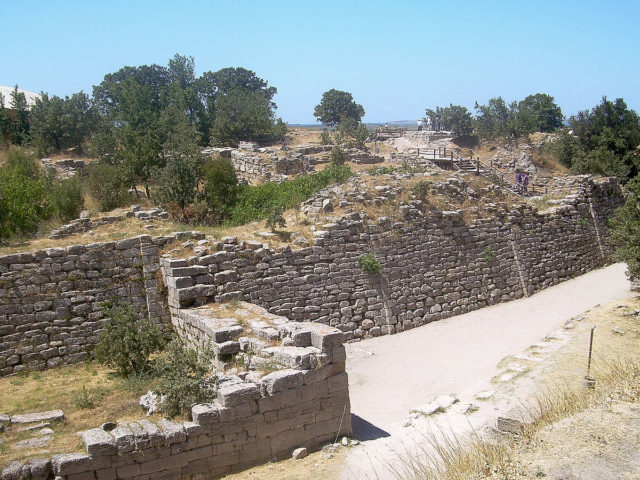
Which brings us to one theory that actually argues the city of Troy was located not near the Dardanelles in Turkey. as is the general consensus on this historical matter, but in England. The second part of the story, which might sound even more illogical, is that the Trojan War was fought between none other than groups of Celts.
These dubious findings can be read in a book that was published at the beginning of the 1990s, Where Troy Once Stood, authored by Iman Wilkens. The title of the book itself is derived from the Roman poet Ovid and his Heroides, in which he writes, “Now there are fields where Troy once stood…”
What this work further suggests is that Homer’s Iliad and Odyssey, despite being considered among the classics of ancient Greek culture, were originally epic poems from Western Europe. As Wilkens disagrees with fundamental ideas about the historicity of the Iliad or where and who fought the Trojan War, his work had little impact.
Digging deeper into the book’s arguments, readers will find that, according to Wilkens, Troy was located precisely on the Gog Magog Downs in Cambridgeshire. Furthermore, it was the Celts living in this area who were attacked roughly 1200 BC by other Celts from the European continent, in a battle over tin mines in Cornwall, the tin resource being much-appraised and valuable during the Bronze Age.
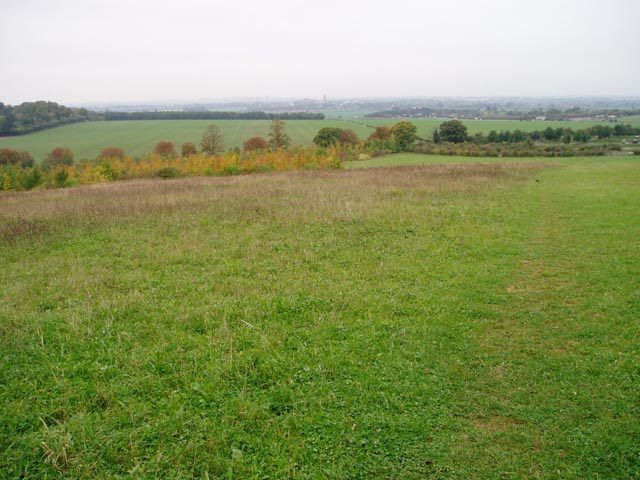
Another dubious claim is that the Sea Peoples of the Late Bronze Age Mediterranean were also Celts, who eventually settled down in Greece and its islands, later becoming known as the Archaeans and Pelasgians. These alleged Celts would later name several cities after the places they originally came from. It is supposedly these Celtic sailors who introduced the oral poems that later formed the basis of the Iliad and the Odyssey.
According to Wilkens, the poems were eventually translated and written down in Greek somewhere around 750 BC after being transmitted orally for about 400 years. The Greeks would subsequently locate the stories in a setting they knew: the Mediterranean.
“It also appears that Homer’s Greek contains a large number of loan words from western European languages, more often from Dutch rather than English, French, or German,” writes Wilkens. However, he neglects the fact that these languages, according to linguistic consensus, actually did not exist until some 1,000 years after Homer.
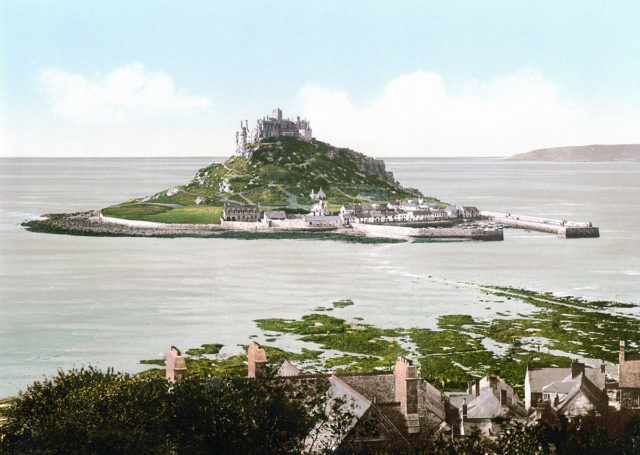
In Wilkens’ view of the ancient world, it is the Atlantic Ocean where the Odyssey takes place, not the Mediterranean. He also believes that the memorable Scylla and Charybdis are sited at the small tidal islands in Mount’s Bay, Cornwall.
Just as the Nazi Germans managed for their theories of a highly developed ancient Germanic civilization, Wilkens made use of archaeological evidence to back his claims. The Isleham Hoard, one of the biggest Bronze Age hoards ever unearthed in England, in his version became the site of the alleged battlefields.
Evidence from etymology and topography are also used in the book. These include the identified similarities in English river names and names of rivers in the proximity of Troy in the Iliad. Also included in the 2005 revised edition of Where Troy Once Stood is a “reconstruction” of the Trojan battlefield in Cambridgeshire.
Several sources back Wilkens ideas and theories. One of them is the Belgian lawyer Théophile Cailleux, who wrote on these topics in the 19th century, saying that Odysseus sailed the Atlantic Ocean. Another name is Karel Jozef de Graeve, a Flemish author of juridical and historical works in the 18th century, who had also claimed that the historical and mythological background of Homer’s work should be sought in Western Europe; to be more precise, around the Rhine-Meuse-Scheldt delta of the Netherlands.
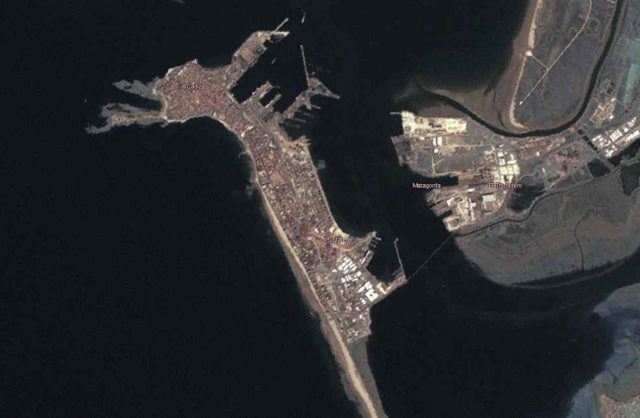
As a work that dwells on the fringes of history writing, Where Troy Once Stood was largely ignored by academics. When academics have made statements, it is along the lines of Anthony Snodgrass, Emeritus Professor of Classical Archaeology at Cambridge University, who dubbed Wilkens an “infinitely less serious” writer.
British classicist and academic Paul Millet remarked in a review that when it came down to geographers and their decisions to place Troy on the map of northern Turkey instead of East Anglia, the issue had been “presumably resolved without much difficulty.”
Some reviewers have made a point that all the statements found in the book make for an interesting read, although still saying that it would not pass among “serious classicists.”
Had Zeus and his wife Hera been watching over how Wilkens’ scenario for Troy unfolded, perhaps endless storms over England might have been one of the plausible outcomes.
